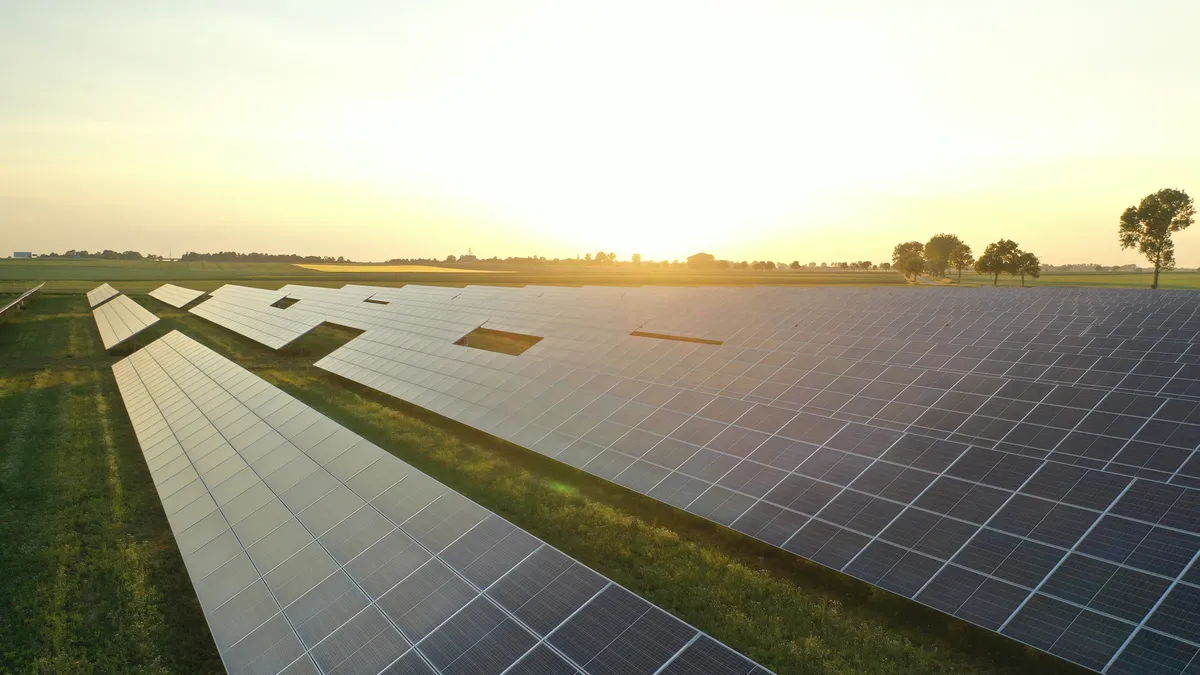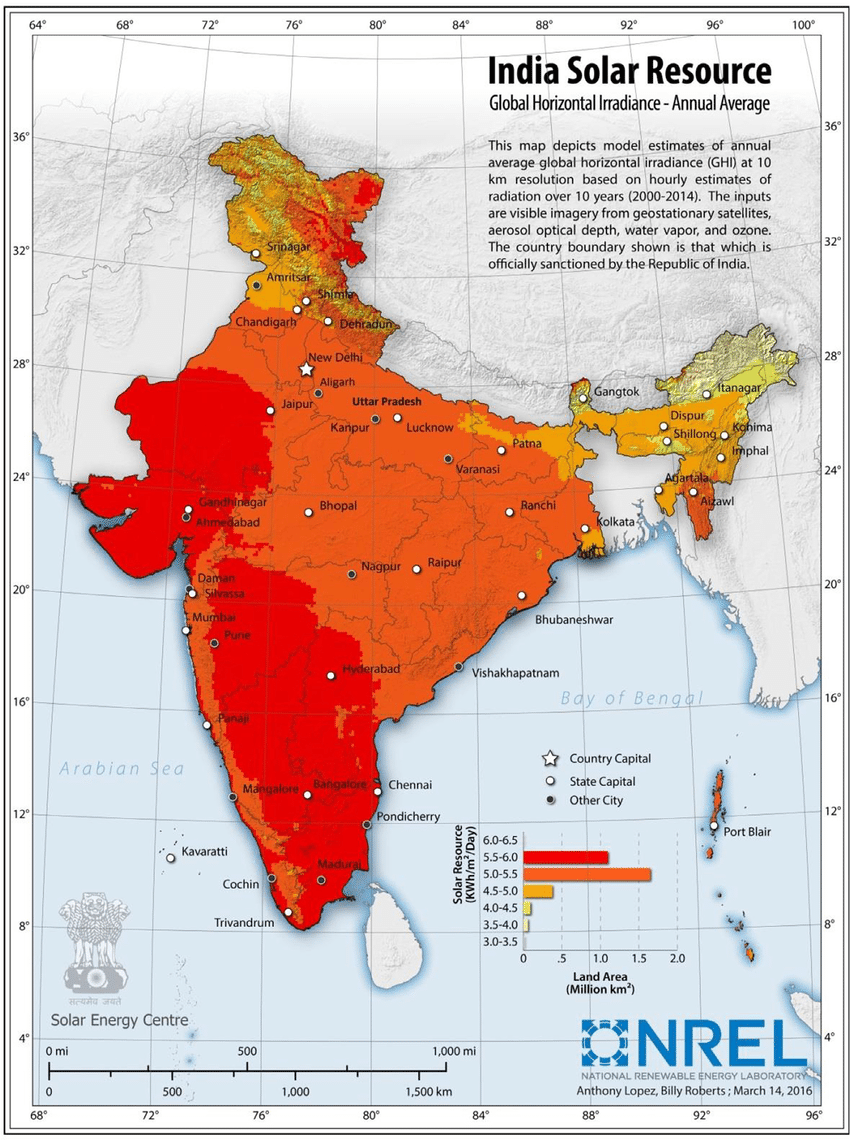Free Courses Sale ends Soon, Get It Now


Free Courses Sale ends Soon, Get It Now



Copyright infringement not intended
Picture Courtesy: https://www.cnet.com/home/energy-and-utilities/peak-sun-hours/
Context: The study conducted by scientists at the India Meteorological Department (IMD) highlights an alarming decreasing trend in solar radiation available for electricity generation in India.
Factors Contributing to Decreasing Solar Radiation
Increased Aerosol Load
Cloud Formation
Study Methodology and Findings

Implications for Solar Energy Generation
Mitigation Strategies
Government Initiatives and Future Outlook
Conclusion
Must Read Articles:
INDIA’S SOLAR POWER: AN OVERVIEW
PRADHAN MANTRI SURYODAYA YOJANA
Source:
|
PRACTICE QUESTION Q. India has ambitious solar energy targets. However, large-scale solar farms can lead to land acquisition issues, impacting agriculture and livelihoods. How can India achieve its solar goals while ensuring sustainable land management and minimizing social conflict? |
© 2024 iasgyan. All right reserved